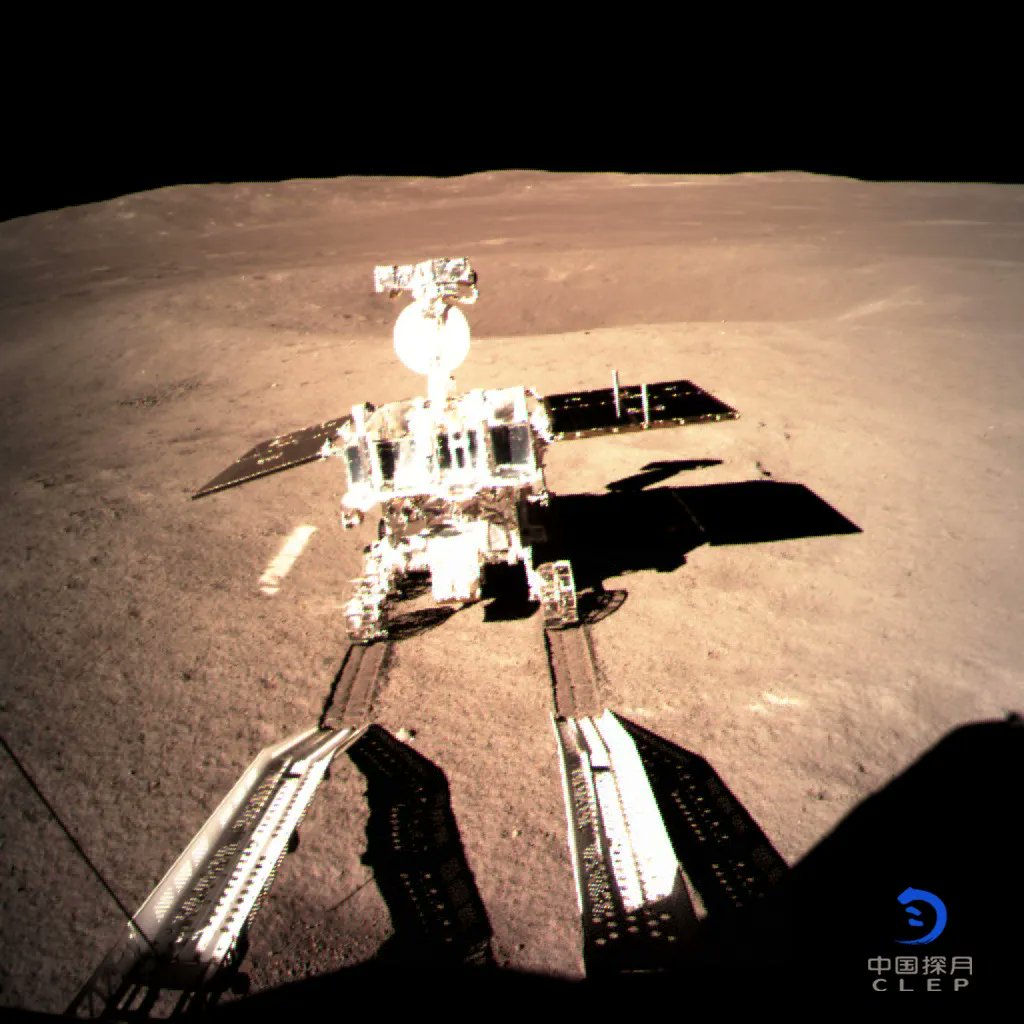One of the more famous features of Space Age 2.0 is the rise of the commercial space industry, also known as “NewSpace.” While the space agencies of the world plan to send astronauts back to the Moon (this time, to stay), crewed missions to Mars, and robotic missions to every corner of the Solar System, NewSpace companies are offering cost-effective launch services, sending commercial astronauts to space, and commercializing Low Earth Orbit (LEO). There’s also the prospect of space tourism, with companies like Virgin Galactic, Blue Origin, and SpaceX offering suborbital flights, trips to LEO, and beyond!
China, one of the fastest-growing nations in space, is looking to offer commercial flights to suborbital space. According to senior rocket scientists Yang Yiqiang, who spoke to the state-run China Global Television Network (CGTN), China will send its first group of commercial passengers on a spaceflight, with ticket prices ranging between $287,200 to $430,800 (2 to 3 million yuan). While China is a relative newcomer to the commercial space scene, this announcement signals its intent to catch up to companies based in the U.S. and other space competitors.
Continue reading “Chinese Companies are Planning to Offer Space Tourism Flights by 2025”










